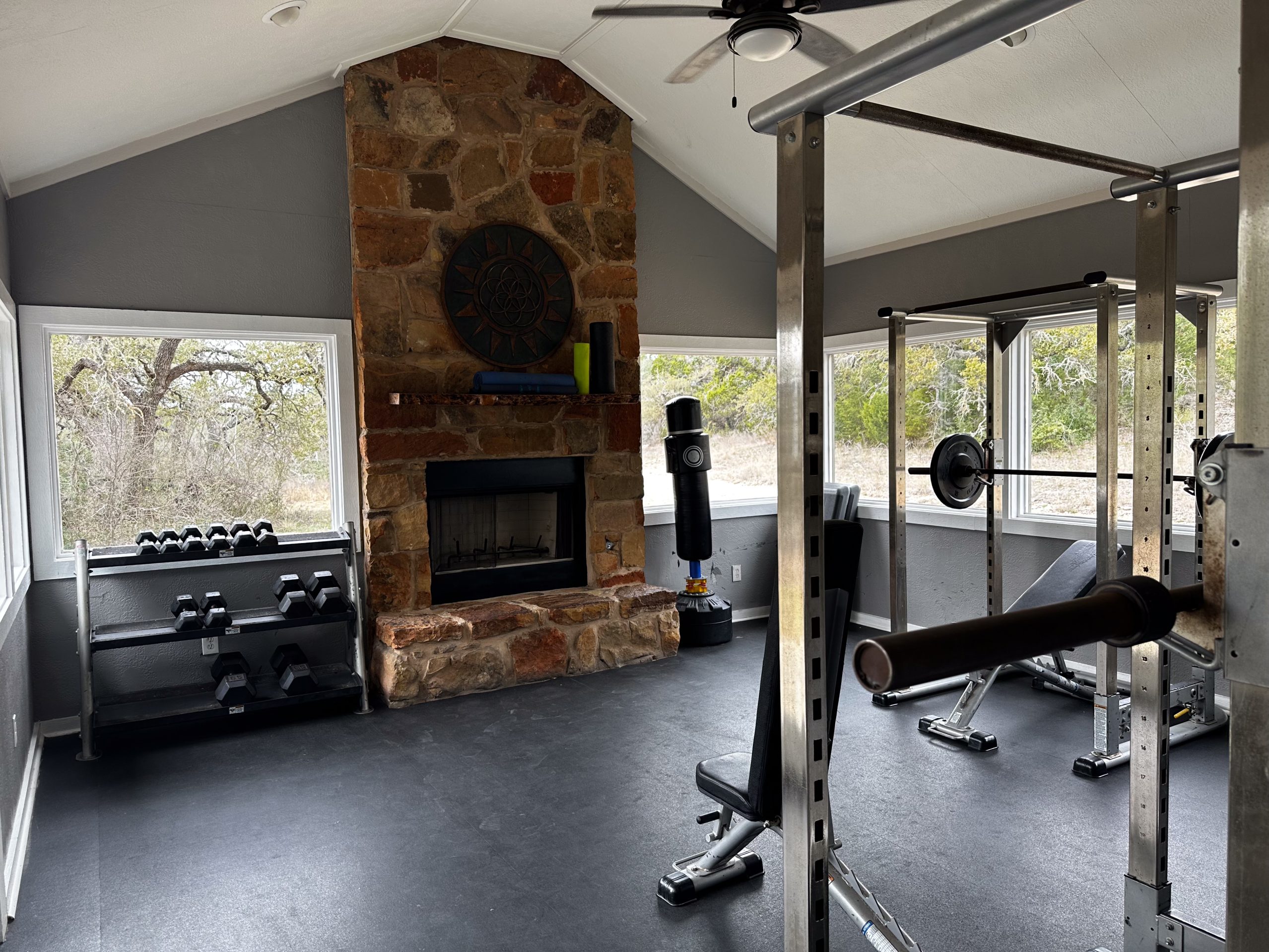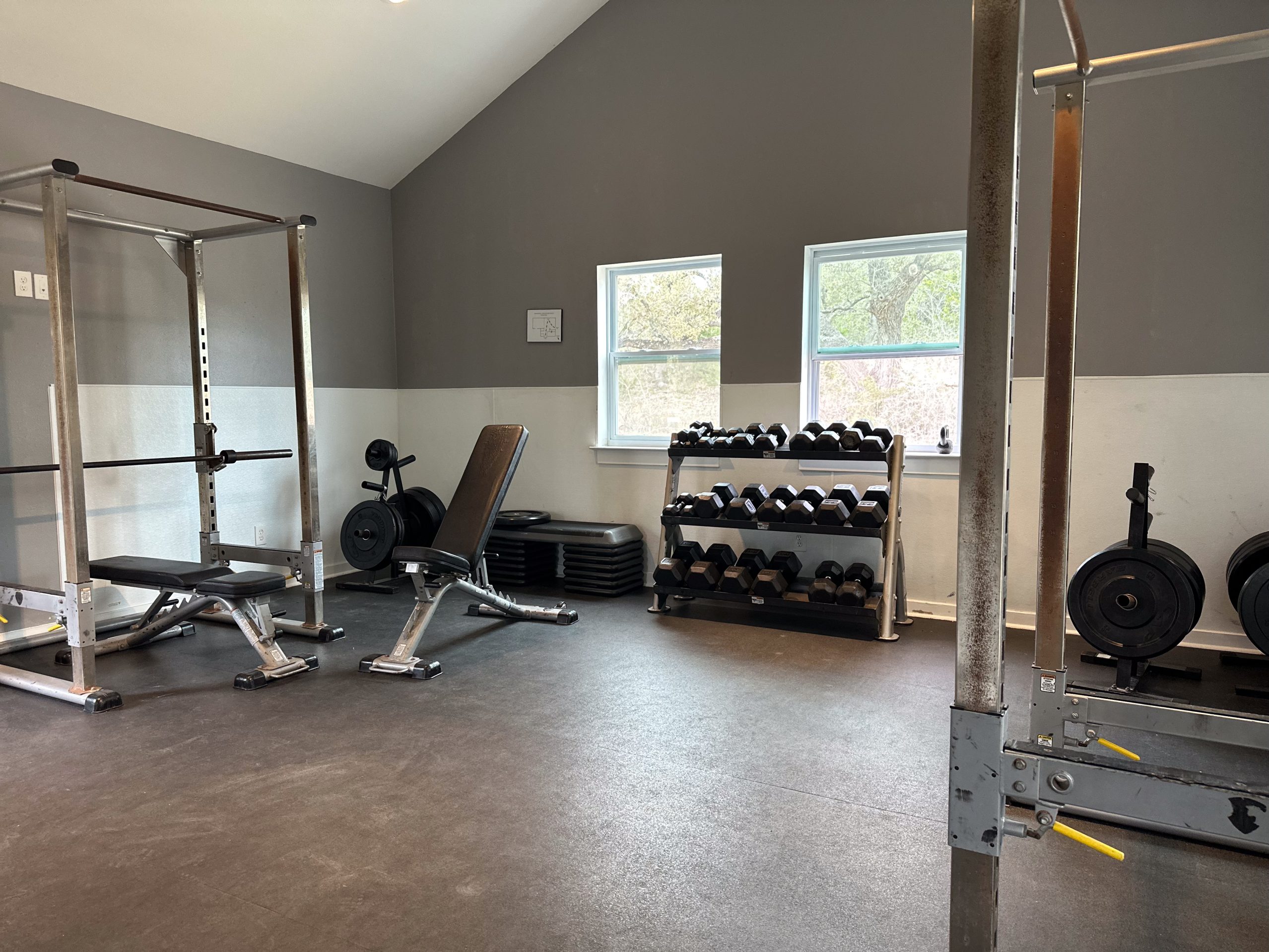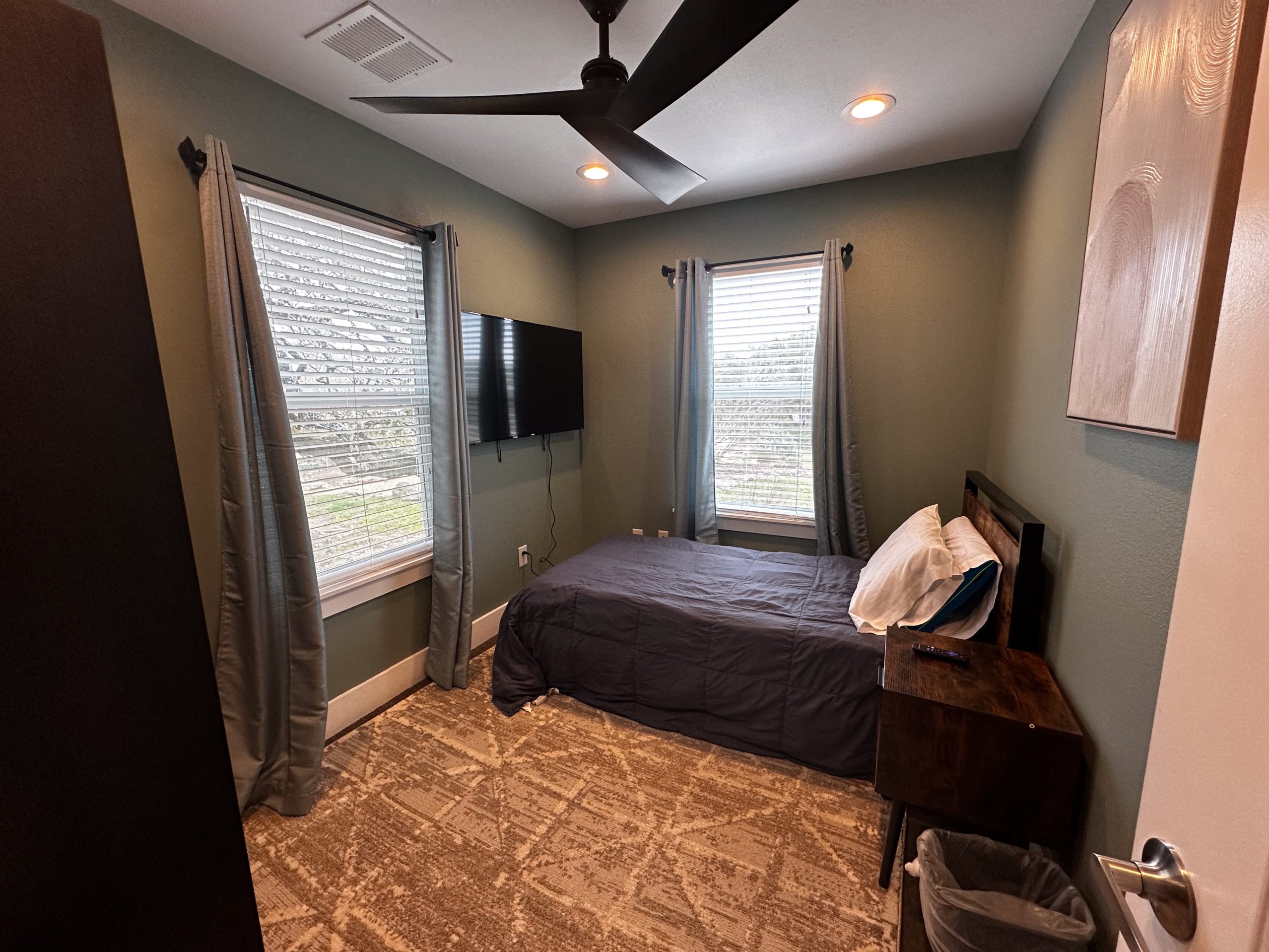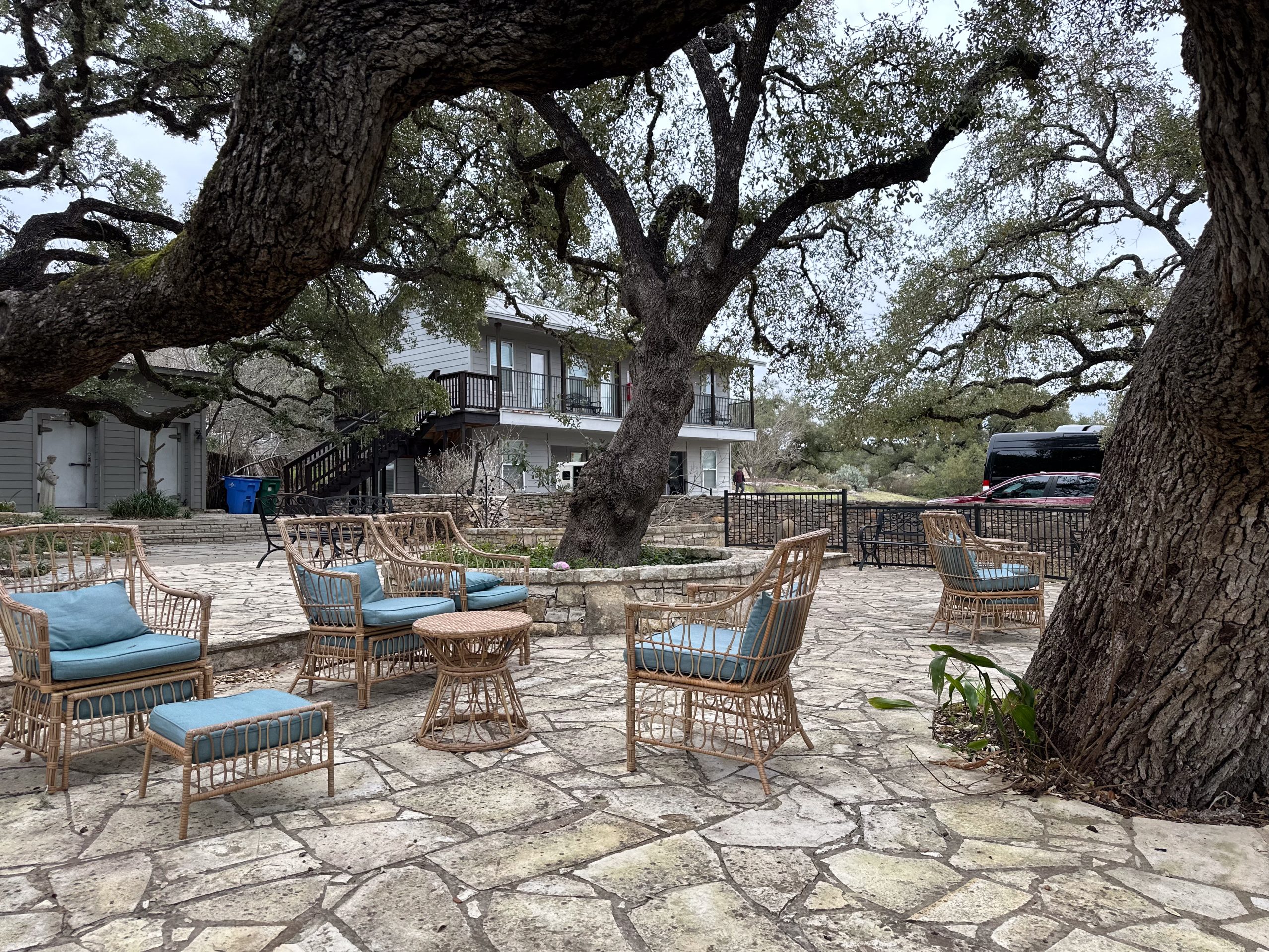Last Updated on October 25, 2025
Key Takeaways
- Outpatient drug rehab in Austin delivers structured care without overnight stays, helping people address substance abuse while keeping work, school, and family routines.
- Three main levels exist: PHP (most hours per week), IOP (at least 9 hours weekly in multi‑day blocks), and standard outpatient (one or more sessions per week).
- Most outpatient rehab tracks run 6–12 weeks; many programs offer day, evening, and some virtual options to fit busy schedules.
- Core services include individual and group counseling, family sessions, relapse‑prevention skills, and—when appropriate—medication support for alcohol or opioid use disorders.
- Outpatient drug rehab works best for people with a safe, stable home and no need for 24/7 monitoring; inpatient or medical detox may be recommended when risks are higher.
- Costs vary. Many Austin programs accept insurance; ask for a benefits check. If uninsured, look for sliding‑scale or payment‑plan options.
- When comparing programs, confirm the level of care offered, weekly hours, therapy methods, and availability of dual‑diagnosis and family support.
- Progress is tracked with clear goals, and care often “steps down” from PHP → IOP → standard outpatient. Aftercare—alumni groups, therapy refreshers, or community meetings—helps maintain gains.
- To get started, schedule an assessment, verify coverage or payment options, plan your weekly logistics, and line up a support person.
Table of Contents
Outpatient Drug Rehab in Austin, TX
Austin has many options for people who want structured outpatient rehab while staying connected to work, school, and family. This guide explains what outpatient drug rehab includes, who it fits, how long it lasts, what it costs, and how to compare local programs across Travis County and surrounding areas.










What Outpatient Drug Rehab Means
Outpatient drug rehab is treatment you attend on scheduled days while living at home. It ranges from standard weekly therapy to higher‑intensity tracks. National guidance groups typical outpatient into three levels:
How it compares to inpatient care
Drug rehab Austin provides 24‑hour support and is used when medical monitoring or crisis stabilization is needed. Outpatient care is coordinated treatment without overnight stays and offers more flexibility for daily life.
Levels of outpatient care (PHP, IOP, OP)
Partial Hospitalization Program (PHP): Often up to six hours per day, five days per week; a “step‑down” from inpatient or an alternative if symptoms are manageable at home.
Intensive Outpatient Program (IOP): Intensive Outpatient Program (IOP) in Austin typically runs at least 9 hours per week in 3‑hour blocks, making it a fit for people who need structure without 24/7 care.
Standard Outpatient (OP): One or more therapy visits per week, adjusted to individual needs; sometimes part of continuing care after IOP or PHP.
Core services you can expect
Most Austin programs use a mix of individual counseling, group therapy, family sessions, relapse‑prevention skills, and medication support when appropriate. These elements mirror national recommendations for substance use treatment.
Freedom Starts Here. Take Back Your Life Today.
Same-Day Admissions in Austin Available.
Who Outpatient Rehab Helps
Good candidates
Outpatient treatment often fits people who (1) have a stable, supportive home environment, (2) do not need 24‑hour monitoring, and (3) can commit to several hours of therapy each week. Many local programs screen for recent relapse risk, safety at home, and medical needs before admission.
When a higher level of care may be needed
If withdrawal or medical complications are likely, or if home conditions are unsafe, inpatient care or a medical detox may be the first step. Decisions about level of care are individualized and may change over time.
Time Commitment and Schedules in Austin
Typical program length
Across Austin providers, outpatient and IOP tracks commonly run 6–12 weeks, with some centers offering 8‑week curricula or one‑to‑three‑month ranges depending on progress.
Weekly hours and meeting times
IOP: Minimum of 9 hours per week; many programs schedule three‑hour blocks, three to five days weekly. Day and evening options are common to accommodate work or school.
Example schedules: Some Austin sites list morning IOP groups (e.g., 9 a.m.–12 p.m.) and evening tele‑IOP options, reflecting the flexibility many people need.
Freedom Starts Here. Take Back Your Life Today.
Same-Day Admissions in Austin Available.
Therapies and Supports You’ll See
Evidence‑based counseling
Cognitive Behavioral Therapy (CBT), motivational approaches, and skills groups are widely used in local drug rehab programs; many add family education and relapse‑prevention work.
Medication‑assisted treatment (MAT)
When appropriate, clinicians may offer or coordinate FDA‑approved medications for opioid or alcohol use disorders along with therapy. National guidance emphasizes combining medications with counseling for best outcomes.
Peer and community support
Programs often connect clients with support meetings (AA, NA, SMART Recovery) and alumni groups to sustain recovery after formal treatment.
Most Austin programs include individual, group, and family sessions; our Family Program helps loved ones learn skills and support recovery.
Costs, Insurance, and Access
Insurance basics
Many Austin programs accept commercial insurance and help verify benefits. Outpatient care is commonly covered when medically necessary; check deductibles, copays, and any network limits before enrolling. Many plans cover outpatient care when medically necessary—use our tool to verify your insurance for outpatient rehab before you enroll.
Lower‑cost options
If you are uninsured or under‑insured, ask programs about sliding‑scale fees or payment plans, and use directories that list multiple local providers and financial options. The Sober Austin directory is one example of a community listing for outpatient services.
How to Choose an Outpatient Program in Austin
Confirm scope and level of care
Ensure the program actually offers the level of outpatient rehab you need (PHP vs. IOP vs. OP) and can coordinate care if your needs change. Local centers typically offer more than one level, which helps with step‑up or step‑down transitions.
Look for evidence‑based practice and a clear schedule
Programs should describe their weekly hours, group size, and therapies in plain terms. Some Austin sites publish sample schedules (e.g., morning IOP blocks or evening tele‑IOP), which can help you plan work and family time.
Review specialty tracks and support services
If you need dual‑diagnosis care, trauma‑informed approaches, or family programming, confirm that the program provides these services. Several Austin centers list dual‑diagnosis, alumni support, and family groups as part of care.
What Progress Looks Like
Measurable change
Most programs create a plan with goals you can track: attendance, craving management, coping skills, family communication, and return‑to‑use prevention. As needs change, the plan is adjusted, sometimes stepping down from PHP to IOP to OP.
Aftercare and relapse prevention
Finishing IOP is not the end of care. Many centers offer alumni groups or link you to mutual‑help meetings and therapy refreshers to sustain progress.
Getting Started
Schedule an assessment. Intake teams review substance use history, mental health, and support at home to recommend the right level of care.
Verify benefits or discuss payment. Ask for a benefits check and an estimate of out‑of‑pocket costs.
Plan your week. Map out transportation, child care, and work schedules so you can attend consistently.
Build your support network. Identify one or two trusted people who can encourage attendance and healthy change.
How Nova Recovery Center Helps With Alcohol Addiction and Abuse
Nova Recovery Center offers a full continuum of care that can address alcohol addiction from the first call through aftercare in the Austin area. Care can begin with medically monitored detox at Briarwood Detox in Austin, followed by a seamless handoff into treatment. At the Wimberley campus just outside Austin, Nova provides 30–90‑day residential programs with individualized plans, dual‑diagnosis services, family involvement, and 12‑Step support. Nova Recovery Center Near Austin Texas For flexible or step‑down care, the Austin intensive outpatient program meets three evenings a week, can be attended in person or online, and typically lasts about eight weeks. Across settings, clients receive evidence‑based counseling, relapse‑prevention education, and peer support aimed at building durable coping skills. Nova also offers gender‑specific tracks to align housing and therapy with client needs. Admissions and insurance verification are available quickly, and most major plans are accepted. This coordinated path—detox, inpatient, IOP, and sober living—lets people match the intensity of alcohol rehab to their stage of recovery.
Other Drug and Alcohol Rehab Locations
Outside Austin? Explore outpatient rehab in Houston or our San Antonio IOP for the same quality care.
Medical Disclaimer
The information on this page is intended for educational and informational purposes only and should not be interpreted as medical advice, diagnosis, or treatment. Programs and services described, including outpatient drug rehab and related therapies for substance abuse, should be pursued only under the supervision of qualified healthcare professionals. Do not attempt to begin, modify, or discontinue any form of treatment without consulting a licensed medical provider. If you are experiencing withdrawal symptoms, a medical emergency, or thoughts of self-harm, call 911 immediately in the United States. For free and confidential mental health or crisis support, you can also call or text 988 to reach the Suicide and Crisis Lifeline, available 24 hours a day, seven days a week.
FAQ
Outpatient drug rehab is structured treatment you attend on scheduled days while living at home. Services often include individual counseling, group therapy, family education, case management, and referral to community supports. These services align with national guidance on outpatient and intensive outpatient care.
Inpatient (residential or hospital) programs provide 24‑hour supervision. Outpatient care delivers coordinated services without overnight stays and is appropriate when round‑the‑clock monitoring isn’t required. Placement depends on clinical assessment and can change over time.
Most adult IOP programs are a minimum of 9 hours per week, commonly delivered across 3–5 days. That threshold comes from ASAM Level 2.1 definitions used by state and federal programs.
Length varies by need and progress. National guidance describes outpatient and IOP as part of a continuum that may last weeks to months, with step‑up or step‑down changes based on clinical assessment.
For people without high medical or psychiatric risk, outcomes in intensive outpatient programs can be comparable to residential care when evidence‑based services are delivered and engagement is strong.
PHP (ASAM 2.5) is a high‑intensity outpatient level that generally provides 20 or more hours per week of clinically intensive services; IOP (ASAM 2.1) provides 9–19 hours per week. Clinicians use ASAM criteria to match you to the right level.
Many health plans cover substance use disorder treatment, and Marketplace plans must include mental health and substance use services as essential health benefits. Coverage and costs vary, so verify benefits with your insurer or the program.
Often, yes. Programs frequently offer day, evening, or weekend schedules so people can manage work, caregiving, and classes while in treatment.
Expect a mix of therapies such as cognitive‑behavioral work, relapse‑prevention skills, group sessions, family education, and coordination with community supports. The exact mix is tailored to your needs.
Some people need medically supervised withdrawal (detox) before outpatient care; others do not. An assessment determines safety and the right starting point, and detox alone is not considered comprehensive treatment.


